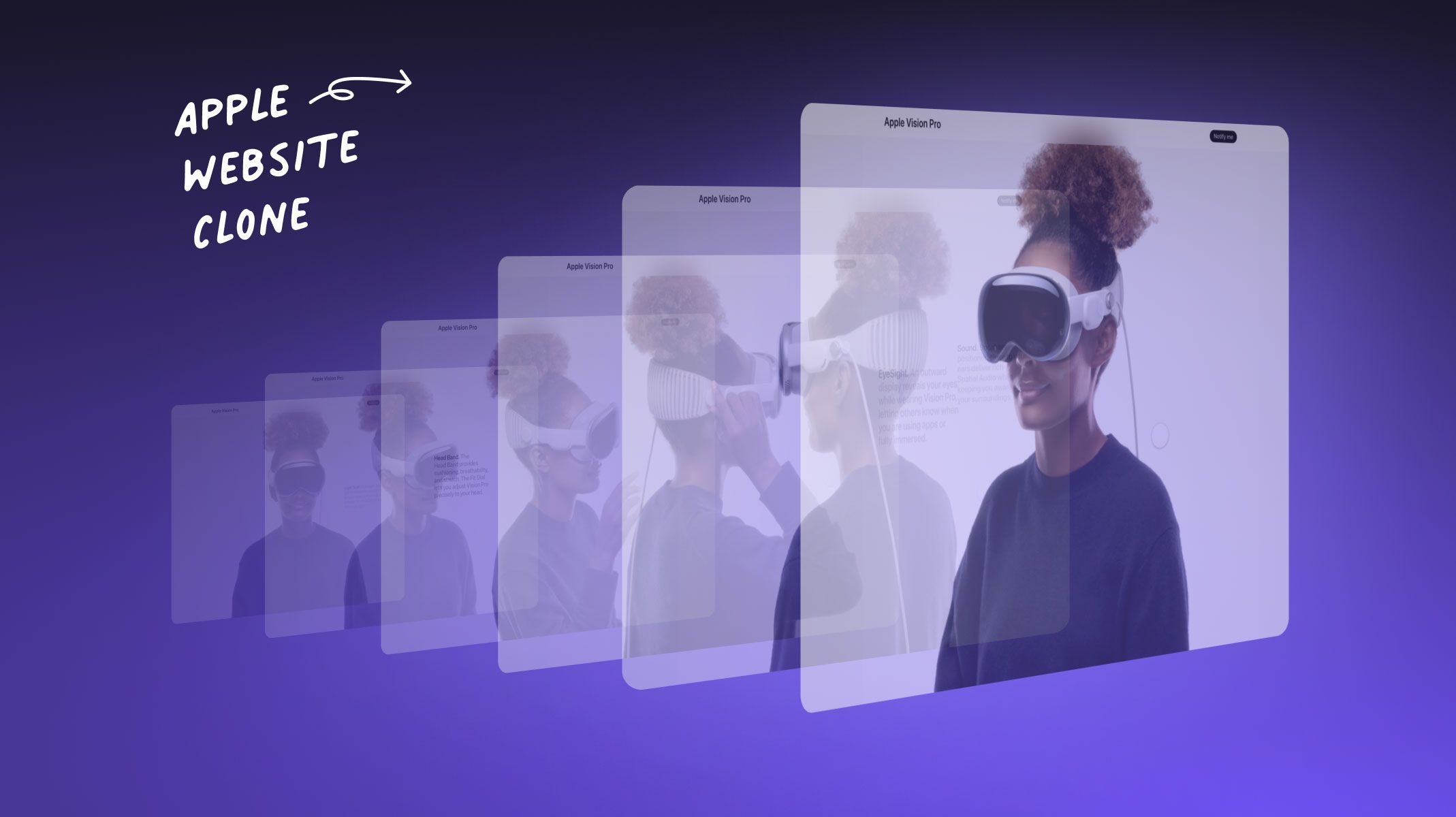The Future of Rapid Prototyping with Spatial Computing & ProtoPie
Let's dive into the possibilities of prototyping and spatial design.

.jpg)
For product development, fast testing is crucial for a well-founded evaluation. This is particularly challenging for concepts that can be better validated in a real environment or 3D. In product design, concepts are already being evaluated using virtual reality (VR), but this often involves considerable additional work.
The outstanding opportunity of Apple Vision Pro lies not in the first-class hardware but, above all, in the seamless integration into the existing Apple ecosystem. This would not create any additional workload when switching to Spatial Computing but would simply add a few clicks to the existing work process in ProtoPie.
Learn how to import ProtoPie prototypes into Unity for 3D and VR Testing.
Efficient testing of embedded interfaces with ProtoPie and Apple Vision Pro
Currently, testing the concepts of hardware interfaces in a product context requires a considerable amount of time and money. When developing a touch interface for a coffee machine, for example, the right display, electronics, and programming must be integrated into the prototype in order to create a realistic setup for user testing. This collaboration between different disciplines, such as model making, electronics, programming, and design, makes the concept test time-consuming and costly.
The interaction between macOS and visionOS could now create an efficient way to place and test prototypes on the product with ProtoPie without additional effort. This would speed up the innovation process considerably. Interaction concepts and visualizations could be developed and tested together with the hardware at every stage.
User tests could be carried out on foam models, 3D-printed prototypes, and near-series products. Any display size and shape could be tested without additional effort. The ordering, implementation, and programming of possible display variants would no longer be necessary until all options have been evaluated.
This would open up considerable innovation potential for sectors such as the automotive industry, medical technology, consumer electronics, and household appliances in order to validate ideas quickly and cost-effectively.
This specific example makes it clear that the success of Apple Vision Pro would probably not come from a new app but rather from the meaningful expansion of existing products and applications with the help of spatial computing.
Read more about spatial computing and its impact on prototyping.
Start spatial prototyping with ProtoPie
Seize the opportunity to craft captivating, immersive experiences that redefine technology and user interactions. Don't miss out on shaping the future with spatial design and ProtoPie.
About the author:
Fabian Kreuzer is a freelance interaction designer and expert in holistic, brand-defining, and multisensory user experience. As Competence Lead Interaction Innovation and Design Lead, he has realized numerous UX and UI projects for international design agencies and clients.

.jpg)
.png)